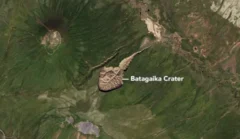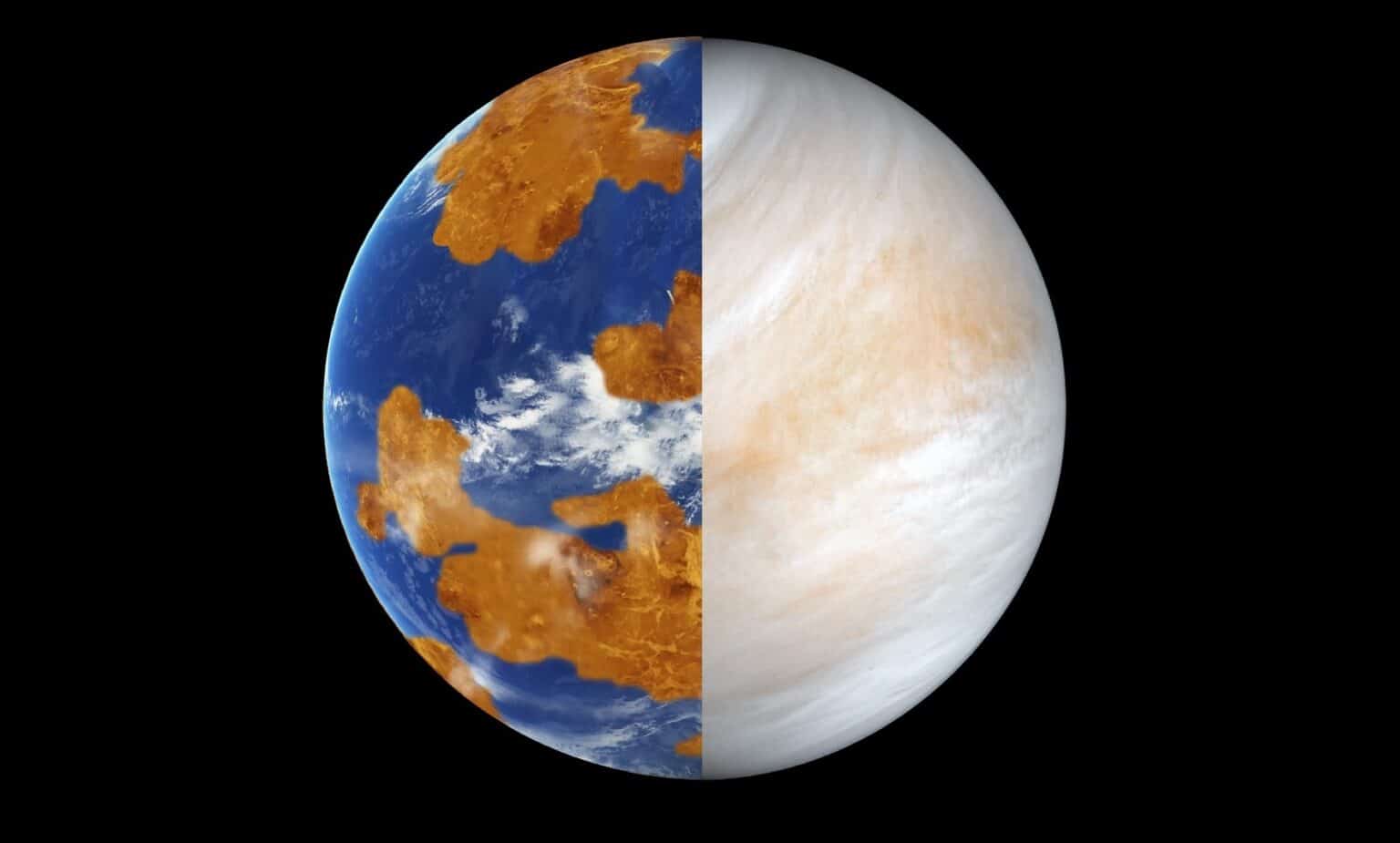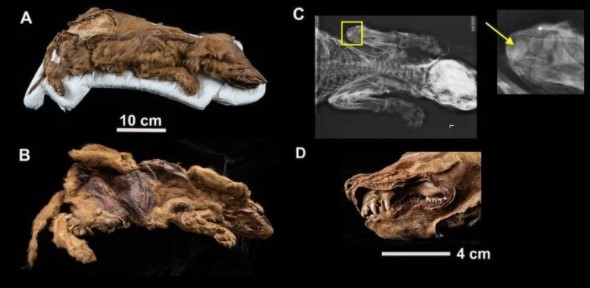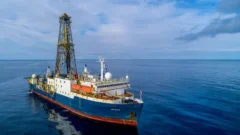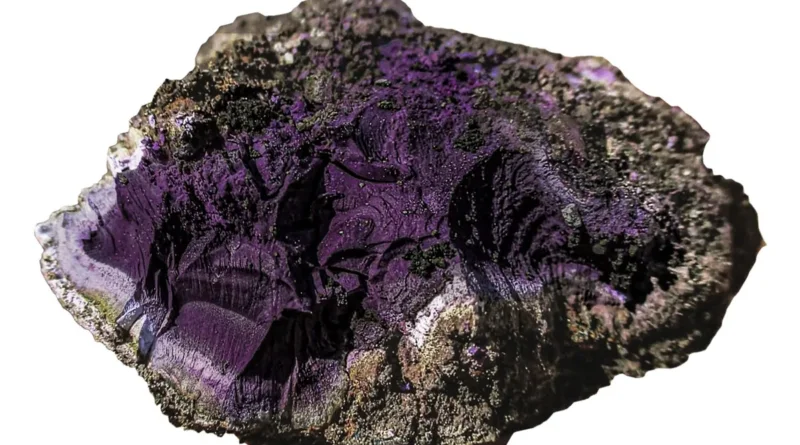NASA's planet-hunting Transiting Exoplanet Survey Satellite (TESS) has discovered the first free-floating planet, or rogue planet. It is a terrestrial object, probably larger than Earth, but not by much. This candidate object was discovered as a result of the analysis of 1,3 million light curves collected by space observatories during the years of operation of the satellite in orbit.

Rogue planets have one of the coolest names in astronomy. Also, they're cool because they're expected to outnumber normal planets associated with stars – but where are they all? Only a relatively small number of candidates were found. The reason for this is that they are extremely difficult to find.
These worlds are cold and small, and for that reason they fade into the background. Since they are very difficult to see directly, the best approach is to use a technique called microlensing. Astronomers wait for the planet to pass in front of the background star. The planet's gravity will warp space-time a bit like a lens, so the star's light will be slightly magnified. This is exactly what happened in this case, documented in a preprint of an article that has not yet undergone peer review.
The star in question is called TIC-107150013. It is much larger than the Sun, its radius is almost 13 times greater than the radius of our star. It is located at a distance of more than 10 light years from us. They saw microlensing that lasted 400 minutes. If the free-floating planet is within 107 light-years from Earth, then, according to their estimates, its mass is 8 times less than the mass of Earth. If it is within 500 light years, then the object has approximately the same mass as our planet.
The work was led by Michelle Kunimoto and William DeRocco of the Massachusetts Institute of Technology and the University of California, Santa Cruz. They say TESS has the ability to probe a mass range of free-floating planets that other instruments can't see -- not even the Nancy G. Roman Telescope, which is expected to find hundreds of free-floating planets.
This candidate observation is only the tip of the iceberg for TESS. They expect to be able to examine 100 times more observations, which will be a huge help in better understanding how these starless worlds came to be. It is possible that some of them were ejected from their original system by gravitational interactions. Others, more massive, such as JUMBO, may have simply formed among the stars.


 1496
1496


